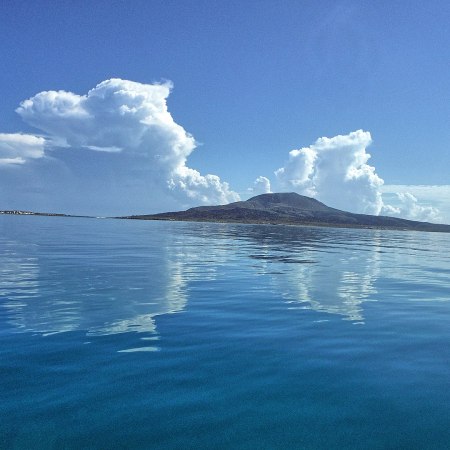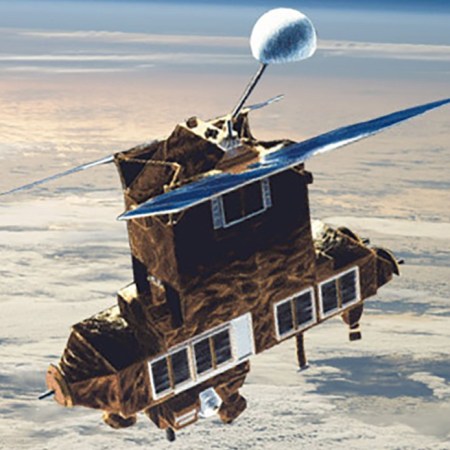If you’ve been following the weather in the state of California from afar this year, you’ve probably encountered the phrase”bomb cyclone” more than once. Maybe you’ve even seen photographs of heavy downpours and flooded landscapes. For a state that’s struggled with droughts as of late — as well as wildfires accentuated in part by those droughts — you might think that the influx of precipitation would be a plus.
Unfortunately, you’d be wrong.
A recent Smithsonian Magazine article explains why the storms have benefitted certain parts of the state but not others. California’s snowpack, for instance, is currently significantly larger than it usually is, having reached its third-largest size ever in the last 40 years. That’s the good news, and there are some encouraging long-term takeaways from this as well.
The bad news, though, is that the state is still largely experiencing drought conditions. The U.S. Drought Monitor, based at the University of Nebraska-Lincoln, currently shows extreme or severe drought conditions across substantial parts of the state.
The impressive snowpack levels could be beneficial to relieving drought conditions in warmer months, as temperatures rise and the snowpack melts. But there’s also no guarantee of that; as the Smithsonian article points out, last year the snowpack was also above average and California was still hard-hit by drought. This is a situation that will bear monitoring in the coming months to get a better sense of what’s to come.
Thanks for reading InsideHook. Sign up for our daily newsletter and be in the know.

















